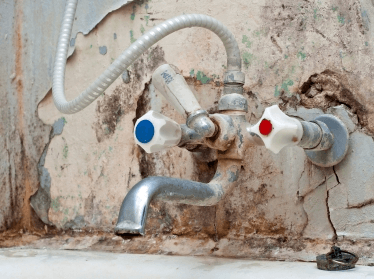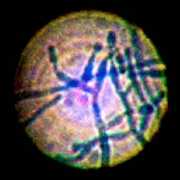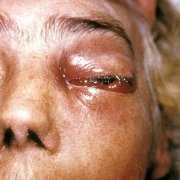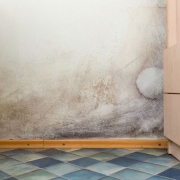Mold – the Bottom Line
Is Mold a Plant?
Molds are organisms which are neither bacteria, plant nor animal. They are part of the fungi kingdom. Unlike plants, molds do not get their energy from the sun through photosynthesis. Like animals, molds digest or “eat” the material they are growing on.
Mold’s Job
Outside, mold’s primary job on earth is to digest decomposing dead organic material. Inside, mold can grow on wood, paper (drywall, cardboard boxes, fabric, wallpaper) and other materials made from wood. Molds secrete digestive fluids that decompose these items, making nutrients available. Mold can also digest some synthetic materials such as adhesives, pastes and paints. While mold cannot get nutrients from inorganic material such as concrete, plastic, glass and metal, it can grow on the organic dirt/dust/skin fragment layers present on these surfaces.
The spores and hair-like bodies of individual mold colonies are too small for us to see without a microscope. When a lot of mold is growing on a surface, it often appears black, blue or green. The color of the mold is determined by the type and is influenced by the nutrient source, surface substrate and the age of the colony.
Moisture – Mold’s Best Friend
Molds can be found wherever there is moisture, oxygen, and something to feed on. They do not require light. Without the proper conditions, mold becomes dormant. Then, when conditions are again right for growth, they begin to regenerate. (Tip: even dead mold can cause allergic reactions).
Although mold and its spores are literally everywhere, molds grow in our homes in moist, warm areas like damp basements, closets, and bathrooms, even after the moisture has dried up. Also, molds can grow in places where fresh food is stored, refrigerator drip trays, house plants, humidifiers, garbage pails, mattresses, upholstered furniture, or foam rubber pillows. Actively-growing mold damages the material it lives on.
The worst place that molds can grow, however, is inside wall cavities and under flooring in our homes where there are cellulose materials. Molds love to thrive on wood, ceiling tiles, and Sheetrock that have sustained water damage. Remember, this mold growth does not have to be visible to make you sick.
Hidden mold is very common if there has been a plumbing or roof leak. Actually, any type of water damage can cause a mold problem. Mold and cellulose eating insects (beetles, termites, moths, silverfish) are often partners in crime in water damaged portions of your home. Due to similar conditions required for each to thrive, the presence of one may indicate the other.
Mold Spores
Mold spores are associated with some unwanted health effects in humans, including allergies (hypersensitivity after initial toxicity), sinus infections and lung inflammation. These symptoms usually can be treated and reduced after people remediate (clean up sheetrock/wood and remove moldy items) or leave their contaminated environment.
It is almost impossible to keep a space mold free. What we can do is to control the amount of moisture, and hence the amount of mold in our indoor environments. Mold can affect the health of you and your family.
Health Effects Associated with Mycotoxins
While molds and mold spores do make people sick, the dangerous culprits are the secondary metabolites (chemical toxins) made by molds. The correct term is mycotoxins. Airborne mycotoxins can definitely destroy one’s health. These chemicals cause the worst symptoms, which are usually irreversible, such as neurological and immunological damage. Some of these natural mycotoxins include a very strong class known as trichothecenes.
Trichothecenes are potent inhibitors of DNA, RNA, and protein synthesis. Their toxic effects have been well studied in animals, because of concern about their potential misuse as agents of biological warfare. They have the ability to destroy human health (mentally and physically), and traces of them never appear in an autopsy.
Find Mold in your Home?
Cleaning up small amounts of mold can be done by homeowners. Eliminating mold from large areas requires expertise and protection both for the removal specialists and occupants of the affected space. For more information, click here.










